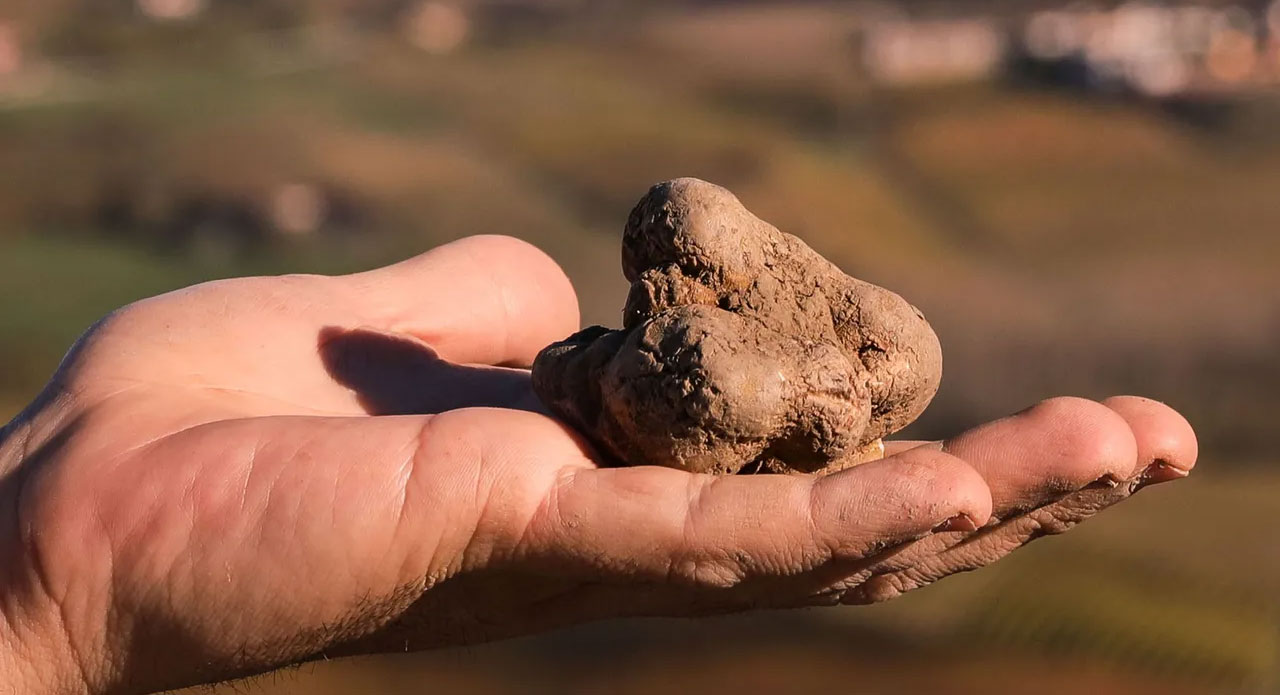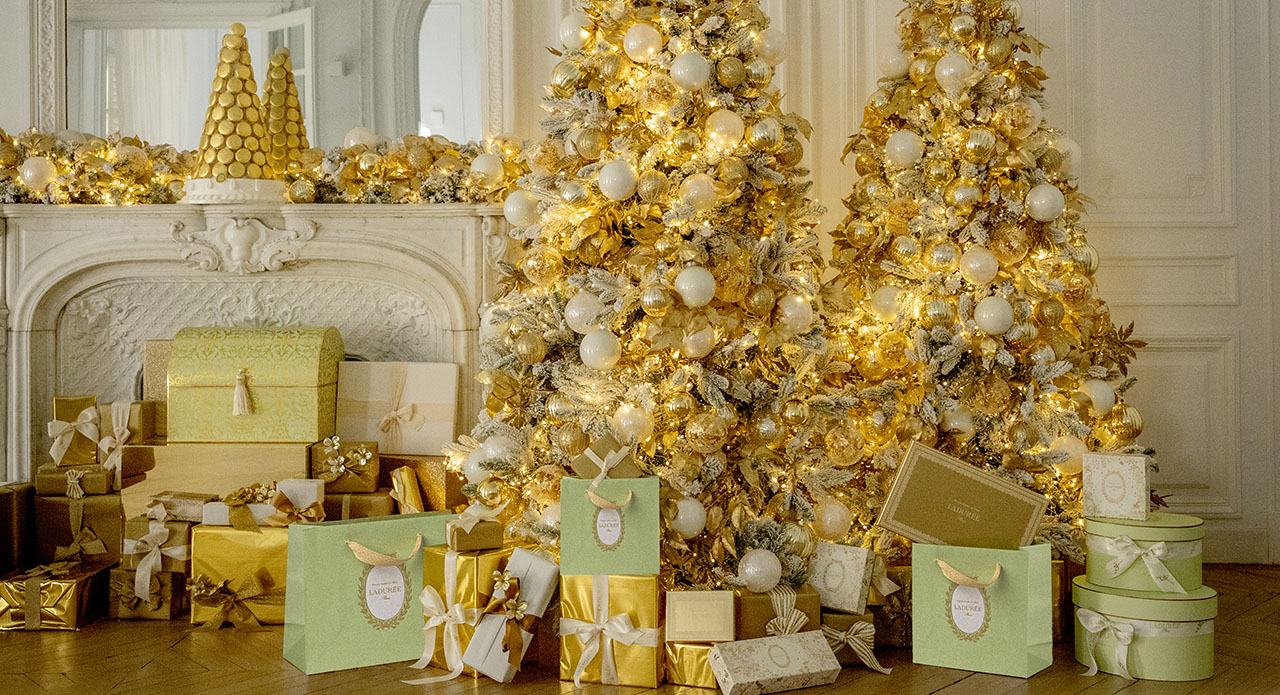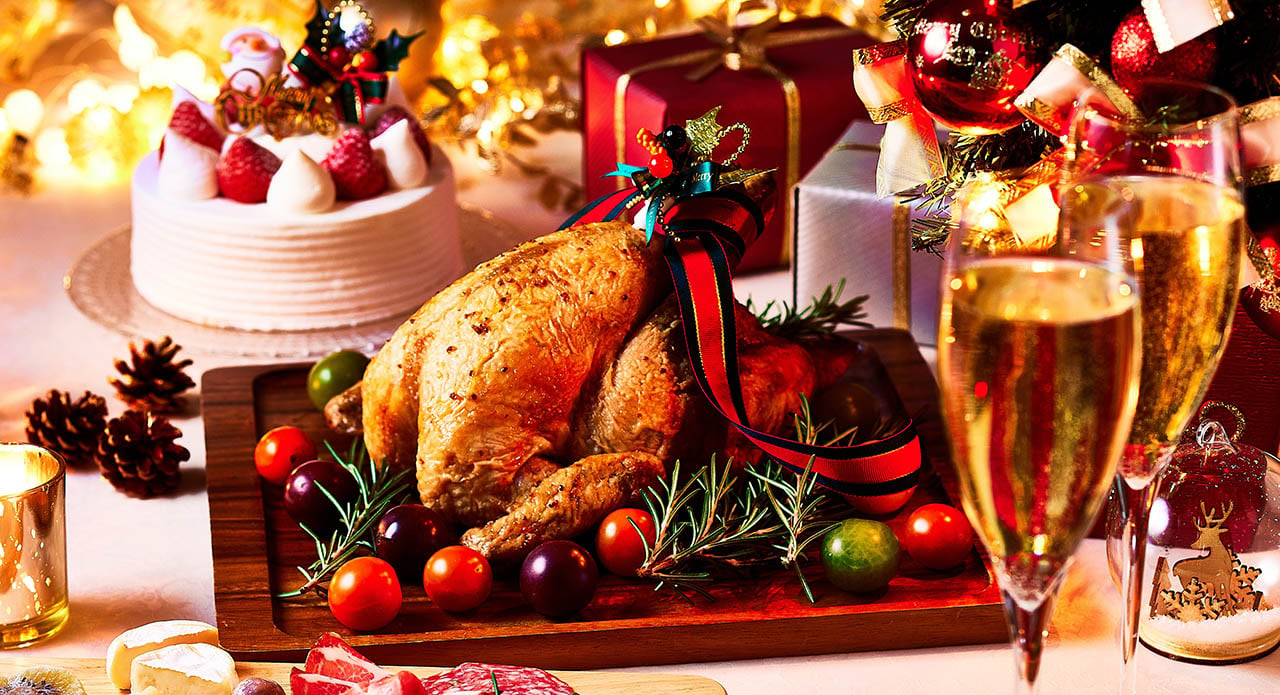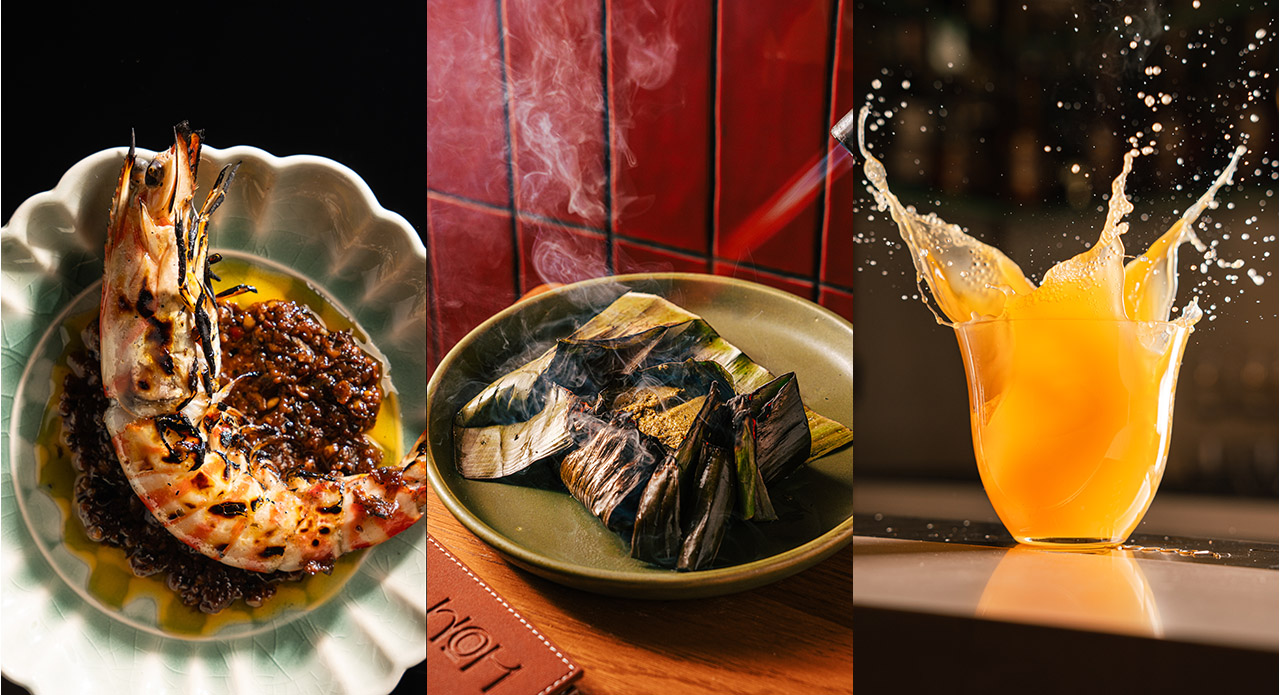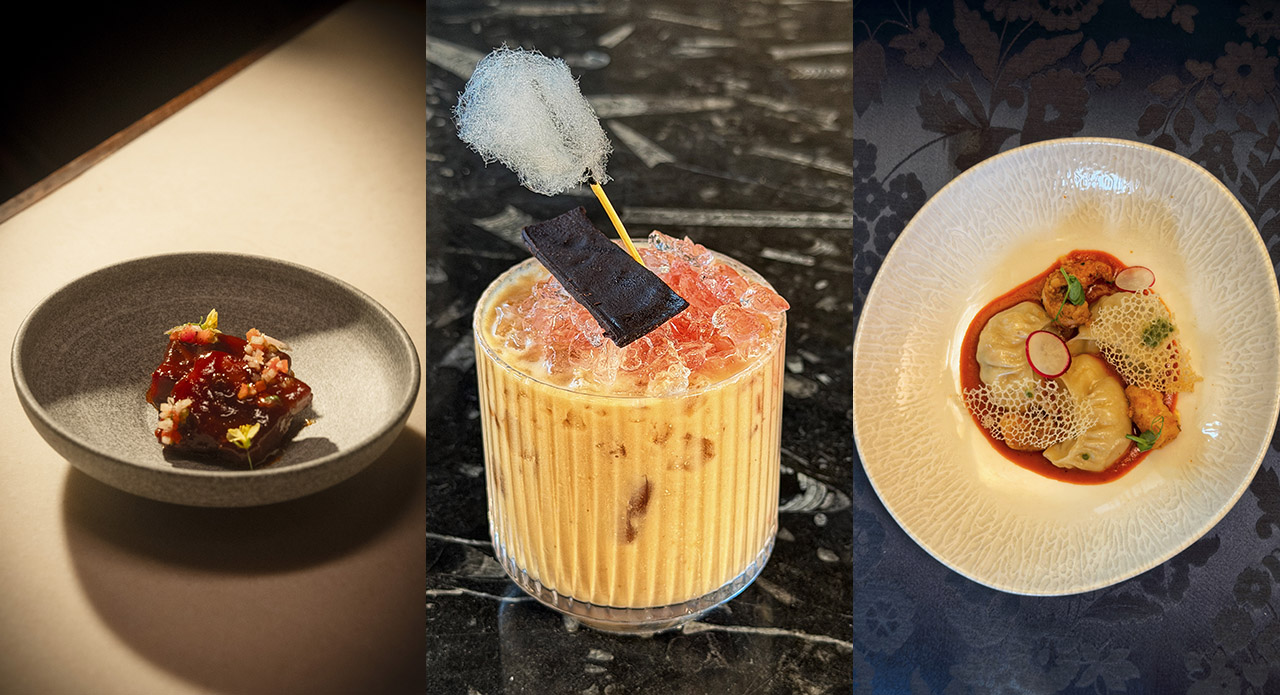From the cultural significance of agricole rums to the growing appeal of Indian craft labels like Camikara, global rum ambassador Ian Burrell explores how tradition, innovation, and passionate bartenders are shaping the future of rum across the globe. We met Burrell recently during the Camikara Millionaire Bartender Challenge held in Delhi-NCR, where he shared his industry insights, changing mindsets, and India being a major game-changer in fronting the rum revolution. Excerpts below:

What are agricole rums, and how are they different from molasses-based rums?
Agricole rums, or agricultural-style rums, are made from fresh sugarcane juice, unlike most rums—about 90 per cent—which are made from molasses. So, when people refer to agricole rums, they typically mean rum distilled directly from fresh cane juice rather than molasses.
Do you think people’s preferences are shifting toward agricole rums?
I wouldn’t say preferences are shifting just yet, but awareness is definitely increasing. Consumers who have traditionally enjoyed agricole rums from places like Martinique, Guadeloupe, or Madeira have always known the difference. However, the average rum drinker typically assumes it’s made from molasses. Now, as more brands proudly highlight that their rum is made from fresh cane juice, consumers are starting to ask more questions and appreciate the difference.
Why is there a growing global appetite for terroir-driven craft rums?
It’s largely because consumers today are more conscious about provenance—where a product is made, who makes it, and how. While many still drink rum simply because it tastes good, others are asking, “Where is it from? How is it made? What makes it unique?” We’re seeing this in other spirits too. For example, tequila can only be made in specific regions, but now people are exploring agave spirits from outside those areas and appreciating their origin stories. It’s the same with rum. Caribbean rums have long been iconic, but now people are discovering Indian rums and saying, “India makes rum?” Yes, and they have been for centuries. But now consumers are finally asking the right questions.

Where does India stand in the current rum revolution?
India has come full circle. It’s always been one of the largest consumers of rum by volume, though it was mostly for the domestic market. Now, with the world becoming more connected through trade and globalization, Indian rum brands are reaching international audiences. So while India has been making rum for over 300 years, it is now becoming a significant player in the global rum renaissance.
Why is Camikara considered a game-changer?
From what I’ve seen—even during my short time here and from their presence at my London Rum Festival—Camikara is a game-changer because they clearly state that their rum is made from fresh cane juice. That distinction is important. They’re embracing an older method but presenting it with a fresh narrative: where it’s made, how it’s made, and what sets it apart. They’re not necessarily claiming to be better than other Indian rums, but definitely different—and that’s powerful.
What are the global trends in premium spirits, and where does India fit in?
Globally, there’s a clear trend toward drinking less, but drinking better. Consumers are opting for premium spirits, including low-alcohol options. I say: drink less, but drink properly. In rum, we’re seeing two major growth categories—spiced rum and premium rum. The spiced rum segment is a great opportunity for Indian brands because spices are so ingrained in the culture. On the premium side, more people are realizing they can enjoy a well-aged, high-quality rum at a better price than a single malt. Over the past 10–15 years, premium rum has grown from almost nothing, and while it’s still smaller than mass-market rum, the growth is real. People want quality, and they’re willing to explore rum for that.

In India, rum is often seen as a winter drink. Do you think that perception is changing?
Yes, and bartenders are key to that change. Much like in Europe, where rum was seen as a winter spirit, India also associates rum with cold weather. That’s largely because people imagine dark, heavy, caramel-forward rums. But newer rums, like Camikara 3YO, are showing up in cocktails that work all year round. A rum and tonic with a twist of orange or lime could be a great summer alternative to gin. The shift isn’t about the rum itself—it’s about how it’s consumed. When people say, “I don’t like rum,” but then order a mojito or a piña colada, they’re already drinking rum! It’s all about presentation and experience.
India has some of Asia’s best bars. Is bartending now seen as a viable career for the younger generation?
Absolutely—100 per cent! When I started bartending in the early ’90s, my family thought it wasn’t a real job. Fast forward 20 years, and my brothers—one a teacher and the other a fireman—wanted to be bartenders. Today, bartending is seen as a noble profession again. It’s no longer just about serving drinks; it’s about hospitality. Modern bartenders—or mixologists—are storytellers, hosts, and skilled professionals. It’s a respected trade that allows you to learn, travel, and grow. Whether in India or abroad, there’s a demand for great bartenders; it’s a craft that deserves more recognition and offers real opportunities.

Are people now sipping rum the way they once sipped whiskey?
Yes, they are—and rightly so. Rum, especially premium aged rum, is being made with as much care and craftsmanship as whiskey. While whiskey is made from grain and rum from sugarcane, the aging, distillation, and flavor development can be quite similar. Some aged rums can even remind you of a good scotch or bourbon. The perception that rum is just a cheap, sugary spirit to mix with cola is outdated. You can—and should—sip a good rum neat or with a splash of water. It’s every bit as noble as whiskey, if not more in some cases.
How are modern mixologists using rum to tell cultural stories through cocktails?
Modern mixologists are incredibly creative with rum. They’re taking classic cocktails like Old Fashioneds, Manhattans, and Negronis and reinventing them using rum. That’s how I started promoting rum myself—by swapping whiskey or gin with rum and giving the drink a local twist. Mixologists today are incorporating their own cultural elements—be it ingredients, spices, or stories—into cocktails, making them not just drinks but narratives in a glass.
What does the Camikara Millionaire Bartender Challenge mean to you and the Indian bar community?
It’s incredibly significant. Competitions like this can launch a bartender’s career, not just in India but globally. They give bartenders a platform to showcase their creativity, their understanding of rum, their cultural roots, and their technical skills. A prize like one million rupees can be life-changing, but the bigger reward is the recognition and the learning. I love judging these competitions. Sure, I enjoy the free drinks—but more than that, I get to learn from passionate, skilled bartenders. It’s not just about the winner; every participant takes away something valuable. They return to their bars inspired, having learned from each other. That’s the real prize—growth, connection, and the chance to elevate the craft.




